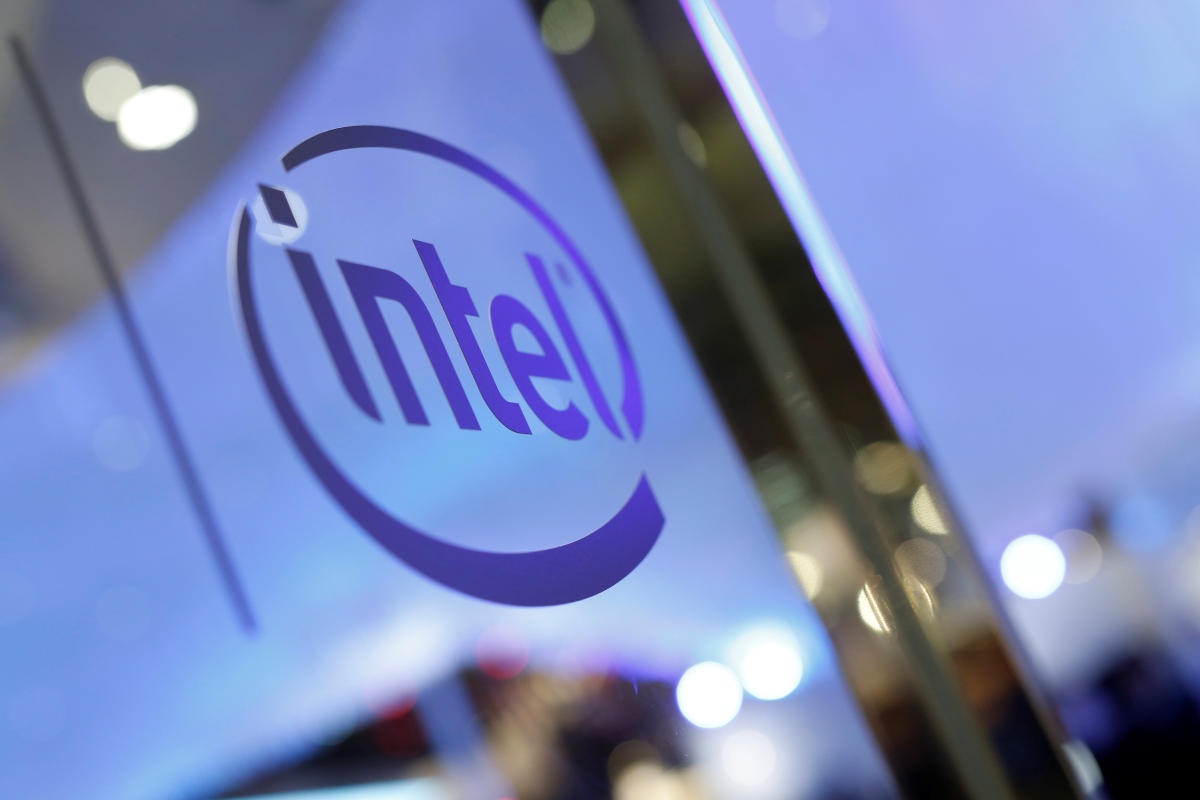In September 2020, Intel Corporation made waves in the tech industry by introducing the Intel Evo platform alongside the 11th-generation Intel Core Tiger Lake chips. This marked a significant stride in the evolution of premium and portable laptops, with the first wave of Evo-branded devices hitting the market in the fourth quarter of 2020.
Since then, the platform has garnered attention from both tech journalists and consumers alike, with promises of enhanced performance and innovation. But why are people so crazy about the Intel Evo? And what is Intel Evo? Let’s check through this article.
The Genesis: Project Athena and the Birth of Intel Evo
Before delving into the intricacies of Intel Evo, it's crucial to understand its origin. Project Athena, launched in 2019, served as Intel's initial foray into reshaping the laptop experience. The program aimed to revolutionize how people interacted with their devices by identifying key challenges and addressing them through innovation.
As an evolution of Project Athena, Intel Evo inherits its predecessor's ethos while expanding its scope. While Project Athena laid the foundation with Key Experience Indicators (KEIs) like long battery life and instant resuming capabilities, Evo builds upon these to introduce new specifications for cutting-edge laptops.
Intel Evo: A Platform, Not Just a Brand
Contrary to common misconceptions, the Intel Evo is not a chipset or hardware component; it is a comprehensive platform designed by Intel Corporation to propel laptop innovation. The platform provides guidelines to laptop manufacturers, outlining the standards necessary for a device to bear the coveted Evo branding.
Key Experience Indicators (KEIs)
Intel Evo communicates its standards through a set of Key Experience Indicators, each contributing to the overall quality and performance of the laptop. These indicators include:
Battery Performance: Evo laptops must deliver a minimum of 9 hours of battery life on full high-definition displays, ensuring consistent performance.
Standard Chipset: Devices must be equipped with at least the 11th-generation Intel Core processors and Intel Iris Xe graphics, offering three times faster photo and video editing capabilities.
Immersive Design: Evo laptops should feature thin bezels, an FHD touch display ranging from 12 to 15 inches, and Intel Iris Xe graphics to enhance the immersive visual experience.
Wi-Fi Standard: Supporting the Wi-Fi 6 standard is mandatory for Evo laptops, promising three times faster wireless internet connection speeds.
Responsiveness: Evo devices must wake up from idle in less than a second and exhibit 40% more responsiveness than two-year-old laptops.
Wired Connectivity: Evo laptops should support USB-C charging, feature Thunderbolt 4 ports, and offer fast charging capabilities.
Other requirements include a minimum of 8GB of RAM, 256GB NVMe-based solid-state storage, biometric login options (face recognition, fingerprint reader, or Bluetooth proximity sensor), a 720p camera, and optional Gigabit LTE connectivity.
Advantages of Intel Evo: Standardization and Innovation
Standardization in the Laptop Market
One notable advantage of Intel Evo is the level of standardization it brings to the laptop market. By establishing the Key Experience Indicators, Intel sets a benchmark for manufacturers, guiding them in the development of Intel-branded and Windows-based laptops. This standardization ensures a consistent user experience across Evo devices, focusing on crucial aspects like battery performance, graphics, display quality, connectivity, processing power, and overall design.
Marketing Proposition and Consumer Guidance
The Evo badge on a laptop serves as a marketing proposition for manufacturers. It not only distinguishes their products but also aligns them with Intel's commitment to a superior user experience. For consumers, the Key Experience Indicators act as a guide, setting expectations for the laptop's performance and use cases. This transparency aids purchasing decisions, offering a clear understanding of what an Evo-branded laptop brings to the table.
Latest Intel Technology
Intel Evo showcases the latest advancements in Intel's chip technology. With the inclusion of the 11th-generation Intel Core Tiger Lake chips, Evo laptops benefit from improved processing power, graphics performance, and energy efficiency. Being at the forefront of technology since 2020, Evo laptops leverage the best Intel has to offer until newer generations replace the current standard.
Disadvantages and Limitations: Navigating the Constraints
Restriction to Intel Core Hardware
A prominent limitation of the Intel Evo platform is its exclusivity to devices built on Intel Core hardware. While this ensures a certain level of quality, it restricts the platform's reach to a specific subset of laptops. Competing processors like AMD Ryzen and Apple's M1 series are not part of the Evo ecosystem, limiting the diversity of options for consumers.
Windows Operating System Dependency
Intel Evo laptops predominantly operate on the Windows operating system. This operating system dependency might be a drawback for users who prefer alternative operating systems or those who seek a more diverse range of laptop choices beyond the Windows ecosystem.
Competition from Other Processors
While Evo laptops feature the latest Intel Core processors, alternative processors, such as AMD Ryzen and Apple M1, offer formidable competition. These processors bring their own set of advantages, and consumers may find compelling options outside the Intel Evo sphere, especially in terms of performance, efficiency, and innovation.
Conclusion
The Intel Evo stands as a testament to Intel's commitment to pushing the boundaries of laptop innovation. As a platform, it provides a set of guidelines that elevate the standards for premium and portable laptops. The advantages, including standardization, marketing appeal, and access to the latest Intel technology, make Evo an enticing choice for many consumers.
Read Also: The Intel Evo Platform: Powering Next-Gen Computing


No comments yet